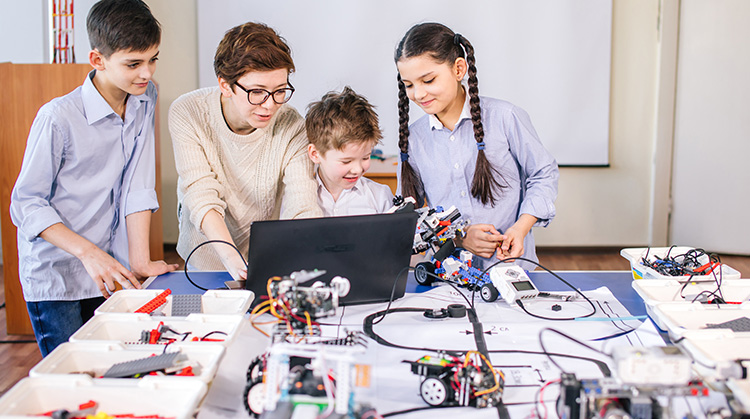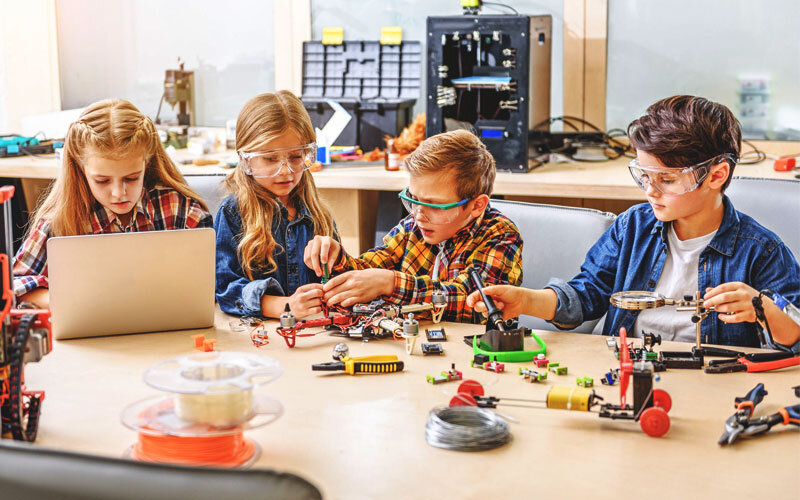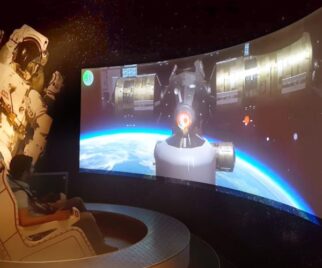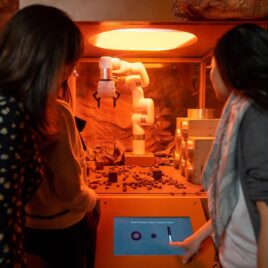In the ever-evolving landscape of education, the integration of STEAM (Science, Technology, Engineering, Arts, and Mathematics) has emerged as a powerful pedagogical approach. At the heart of this educational revolution stands the science centers, playing a pivotal role in seamlessly weaving together the strands of science and the arts. Let’s embark on a journey to explore how science centers contribute to the holistic STEAM education experience and how the infusion of arts elevates the scientific exploration within these dynamic institutions.

1. A Holistic Approach to Education:
- Science centers serve as vibrant hubs where science and the arts converge. By embracing STEAM, these institutions offer a holistic approach to education that transcends traditional disciplinary boundaries. The synergy of science and the arts fosters a comprehensive understanding of the world and encourages creative thinking.

2. Nurturing Creativity through the Arts:
a. Incorporating Design Thinking:
- The arts, particularly design, play a crucial role in STEAM education. Science centers integrate design thinking into their exhibits and programs, encouraging visitors to approach problems with creativity and empathy. This design-centric mindset cultivates innovative thinking and problem-solving skills.
b. Interactive Arts Exhibits:
- Art installations within science centers engage visitors in a sensory and aesthetic exploration of scientific concepts. From kinetic sculptures to digital graffiti walls, these exhibits bridge the gap between scientific principles and artistic expression, fostering a deeper appreciation for both disciplines.

3. Bridging the Gap:
- STEAM education aims to bridge the gap between disciplines, acknowledging the interconnectedness of science, technology, engineering, arts, and mathematics. Science centers, with their multidisciplinary approach, provide a natural platform for this integration, offering a seamless flow between the scientific and artistic realms.

4. Encouraging Cross-Disciplinary Exploration:
- STEAM-centric programs in science centers encourage cross-disciplinary exploration. Visitors can engage in activities that involve scientific experimentation, coding, engineering challenges, and artistic expression—all within the same interactive space. This interdisciplinary approach fosters a holistic understanding of complex concepts.

5. Interactive Workshops and Maker Spaces:
- Many science centers feature workshops and maker spaces where visitors can participate in hands-on activities that blend science and arts. From building robots to creating digital art, these interactive experiences empower learners to see the intersection of creativity and analytical thinking.
6. Fostering Innovation:
- The synergy of science and the arts sparks innovation. Science centers serve as incubators for creative ideas, encouraging visitors to explore the intersections of different disciplines. This approach not only nurtures a culture of innovation but also prepares individuals for the dynamic demands of the 21st-century workforce.
7. Inspiring the Next Generation:
- By integrating the arts into STEM education, science centers inspire the next generation of scientists, engineers, artists, and innovators. The marriage of science and the arts cultivates a sense of wonder and curiosity, laying the foundation for a lifelong love of learning across diverse fields.
In essence, science centers stand at the forefront of the STEAM education, embodying the symbiotic relationship between science and the arts. Through interactive exhibits, immersive programs, and a commitment to interdisciplinary learning, these institutions redefine education by embracing the richness of STEAM. As we witness the transformative impact of this holistic approach, it becomes clear that science centers are not just places of scientific discovery; they are catalysts for a future where creativity and analytical thinking coexist in harmony.



